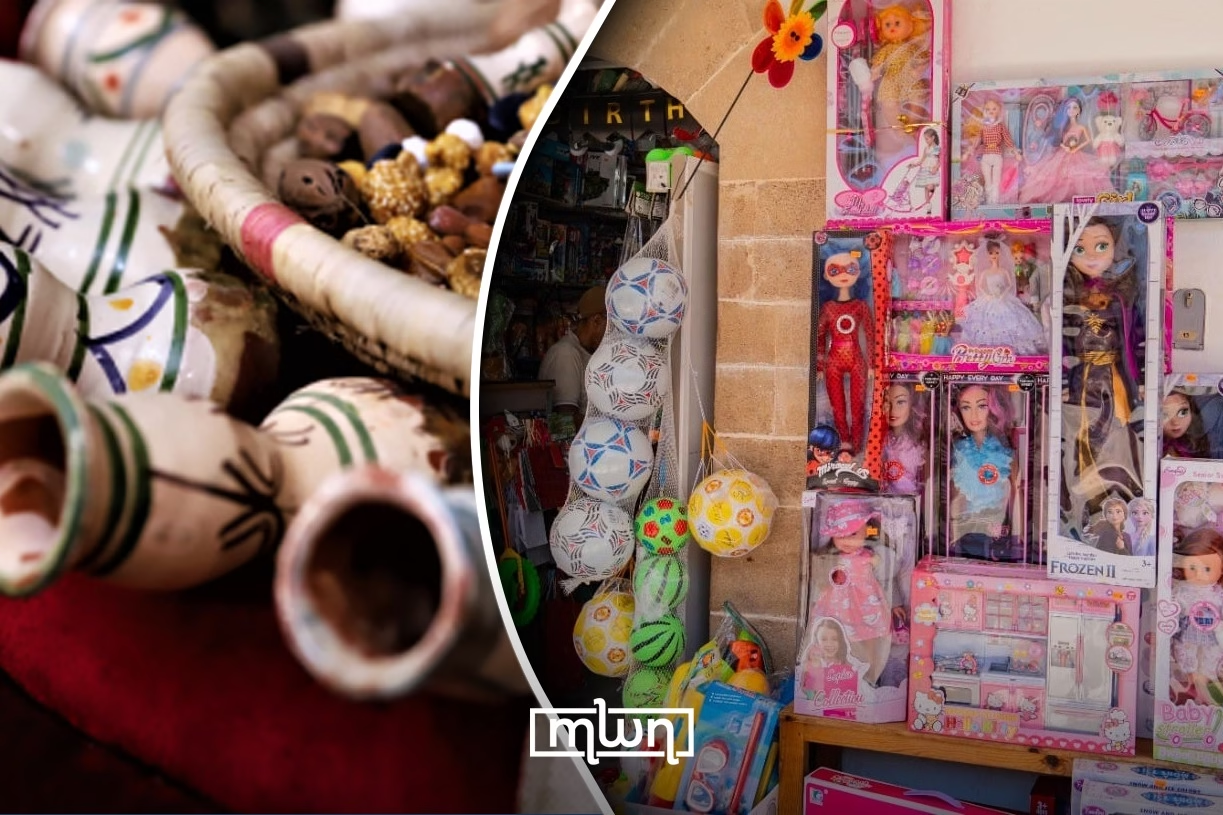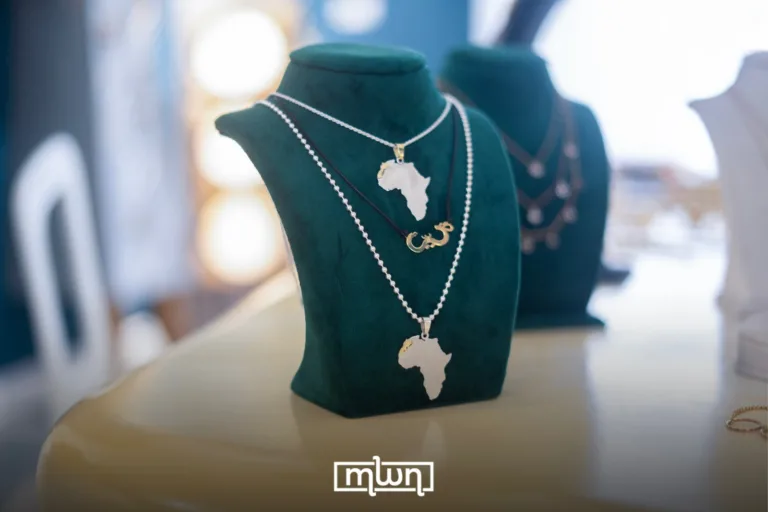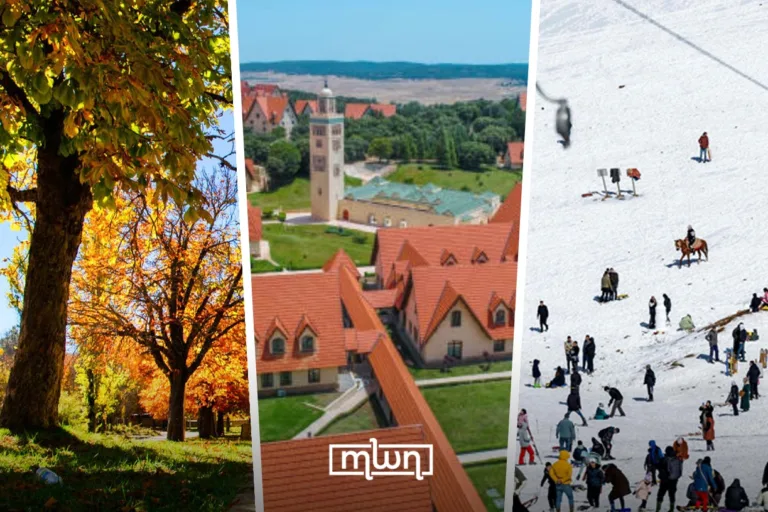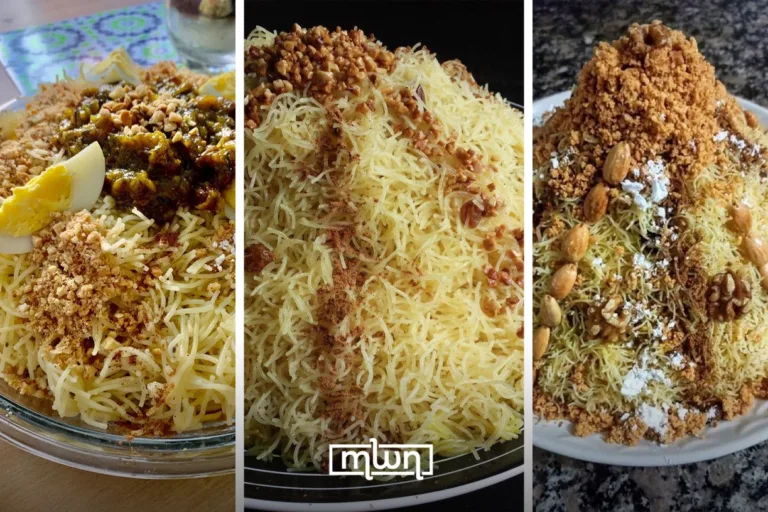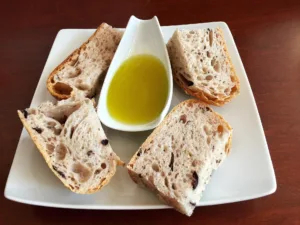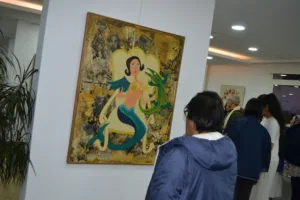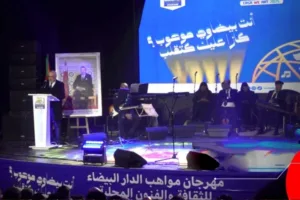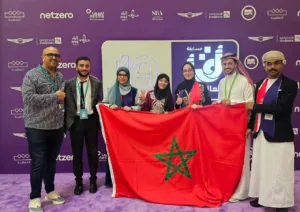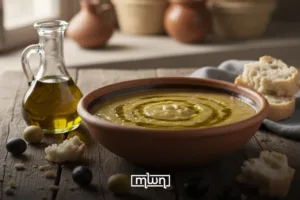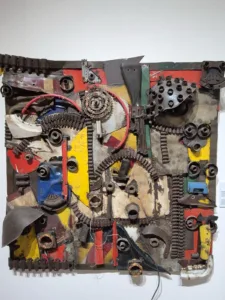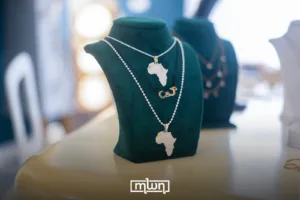Morocco, Ashura is a vivid intersection of Islamic devotion and ancestral tradition, celebrated in homes, markets, and neighborhoods alike.
Fez – Ashura, observed on the 10th day of the Islamic month of Muharram, holds a unique and vibrant place in Moroccan culture.
While it is a day of religious significance across the Islamic world, in Morocco, Ashura becomes an occasion deeply rooted in the country’s society, mixing spiritual devotion, family gatherings, communal generosity, and cultural expression.
With centuries of evolving traditions, Ashura remains one of Morocco’s most enduring and dynamic celebrations.
A heritage rooted in history
The Moroccan celebration of Ashura stretches back hundreds of years. Over time, it has grown from a day of fasting and remembrance into a rich occasion blending religious practice with local customs.
In many regions, the days leading up to Ashura see a burst of activity in markets and neighborhoods.
Merchants prepare for the influx of customers, and families make plans for festivities and special meals. Central to the celebration is the idea of honoring faith, fostering family ties, and giving back to the community.
One of the oldest customs is “laachour,” where wealthy merchants distribute gifts and small amounts of money to children, women, and the less fortunate. This practice continues today, reinforcing values of social solidarity and shared joy.
Creating a place of joy
From the first days of Muharram, Moroccan markets undergo a colorful transformation. Stalls overflow with traditional toys, drums, and items used only during Ashura.
Children eagerly await gifts like :taarija”, a small, brightly colored clay drum covered in stretched skin, used to create cheerful rhythms during the celebrations.
The marketplace becomes more than a commercial space; it turns into a cultural theater, full of noise, music, and the anticipation of celebration.
Parents buy toys and clothes for their children, adding to the excitement. At home, families light candles and arrange symbolic displays, filling rooms with warmth and spiritual light. The ambiance of Ashura is joyful but also contemplative.
Tasty food and symbolic dishes
No Moroccan celebration is complete without a table full of carefully prepared dishes, and Ashura is no exception. Food is central to the occasion, not only as nourishment but as an expression of cultural identity and generosity.
Among the standout dishes is couscous, often served with seven vegetables and either lamb or beef. This version of couscous represents abundance and unity and brings extended families together around a single large dish.
Another traditional favorite is “thrid” pieces of flatbread soaked in a rich meat and vegetable broth. Some regions prepare “rfissa”, a spiced dish made with shredded bread and chicken.
Sweets and nuts are so essential in Ashoura. Peanuts, sesame cookies, dried fruits, and what is locally called “lhagouz” sweets are shared with guests and neighbors.
These foods are part of a larger message of hospitality, tradition, and belonging. It’s common to see children going door to door receiving small treats from neighbors, creating a warm and communal spirit.
Music and art
Cultural performances are a major feature of Ashura in Morocco. Throughout cities and rural towns alike, streets come alive with traditional music and dance.
Local groups play folk rhythms using instruments like the “bendir” and “taarija”, while women and children join in with chants and dances passed down through generations.
Street parades, storytelling sessions, and craft fairs all add layers to the celebration. Some regions host open-air theatre performances that re-enact historical stories or revive ancient legends tied to Morocco’s religious and political heritage.
These shows are not just entertainment, they’re vehicles of education and cultural preservation.
In many areas, artists and craftsmen set up temporary exhibits showcasing handmade goods, woodwork, pottery, and textiles.
Children are often invited to workshops to learn traditional crafts, linking the festive joy of Ashura with skills and knowledge they can carry forward.
The language of decoration
Decoration plays a critical role in giving Ashura its visual identity. Moroccan homes and public spaces are dressed up with care and intention.
Candles are placed around living rooms and courtyards, emitting a soft glow that symbolizes both remembrance and celebration. In markets and alleyways, colorful garlands and lights hang from shopfronts and doorways, turning neighborhoods into living galleries of cultural pride.
Homes are filled with the scent of incense, and traditional clay pots and decorative ceramics are put on display. The act of decorating is a huge part of the ritual of welcoming blessings and sharing joy.
Spiritual and religious rituals
While Ashura is festive, it also carries a solemn and spiritual weight. Many Moroccans fast on the 9th and 10th of Muharram, following the example of the Prophet Muhammad.
Mosques fill with worshippers attending special prayers, reading the Qur’an, and participating in remembrance gatherings.
Families gather for shared worship at home, reciting Quranic verses together and offering prayers for health, forgiveness, and spiritual growth. In some homes, quiet moments of reflection are encouraged, especially among children, to instill the values of humility and thankfulness.
Giving is a key tradition on Ashura. Beyond the symbolic act of distributing gifts, families take this opportunity to give zakat to those in need.
Charity organizations organize campaigns to provide food, clothing, and toys to orphans and poor families, making Ashura not only a celebration but also a time of compassion and duty.
Though rooted in centuries of tradition, Ashura in Morocco continues to evolve. Today, social media platforms serve as a space for communities to announce public events, share religious reflections, and organize charitable initiatives.
Online broadcasts of religious sermons and storytelling sessions allow even those far from home to stay connected with the spirit of the occasion.
Modern theatrical shows, fusion music performances, and youth-led charity drives are some of the newer elements that have joined the old.
And yet, amid all the change, the heart of Ashura remains the same: it is a time to remember, to rejoice, to share, and to strengthen the cultual threads that bind Moroccans across generations.
The Moroccan celebration of Ashura is a rich and layered experience. It is spiritual and social, festive and reflective, traditional yet responsive to the present.
It is a time when memory, meaning, and modernity meet, and the result is a celebration that speaks not only to the soul but also to the collective heart of a nation.

